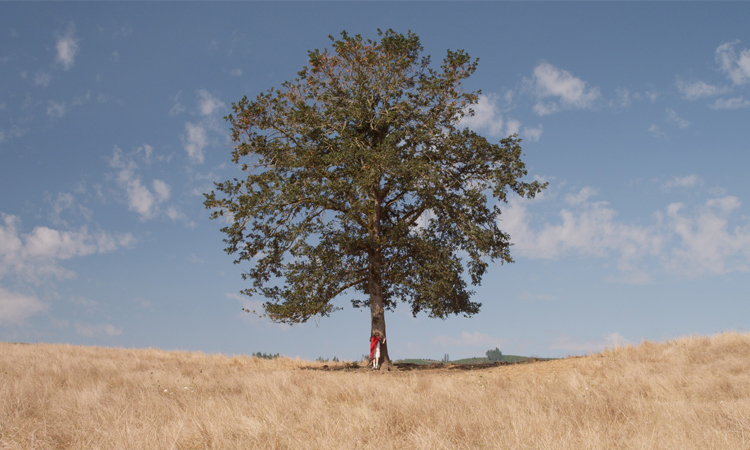Are you interested in tracing your family history? It can be fun and rewarding to learn about your ancestors and discover your genetic past, but the scope of the task may also be a bit daunting. We’re hoping to make your search less overwhelming with this 10-step guide to exploring your genealogy. Here, we’ll show you how to start small and gradually work toward your goal. Let’s get started!

1. Start with what you know
Before you start collecting documents and searching for your ancestors online, you should begin by writing down what you know about yourself, your parents and your grandparents. For each person, you’ll want to know their name, date and place of birth, parents, spouse and date of marriage, place of marriage, and children and their dates and places of birth. Knowing all of this information for every person will make it much easier to travel back through your lineage.
2. Begin documenting your family tree
This is a good time to start organizing your information so it doesn’t build into a confusing mess of names and dates. Ancestry.com offers several free, useful forms you can print out and use to collect your data. There are also a number of online family tree makers you can use if you’d prefer to do everything electronically. It doesn’t matter which method you choose as long as you have one. Remember to be as thorough and organized as possible to make your task easier going forward.
3. Gather additional information from your relatives
There’s a good chance you won’t know all of the information we called for in the first step. After all, that’s a lot of dates and locations. Your relatives should be your first resource for filling in the gaps. Talk to your siblings, cousins, parents, or aunts and uncles to see if they know things you don’t. Travel as far back through your family history as you can, documenting what you know to be true.
4. Consult family records
Next, you’ll want to begin gathering any family records you have in your home and seeing what you can learn from them. These could be items such as scrapbooks, photo albums, diaries, letters, newspaper clippings, and certificates of birth, marriage, and death. Don’t forget to ask your relatives about any documents they might have in their possession.
5. Join online social groups and email lists
Sooner or later, you won’t be able to gather more information without using outside sources. The first thing you should do is try to find out if someone else has already mapped out part of your lineage. If this is the case, then a lot of your work has already been done! We recommend searching for online groups and forums in which fellow genealogy researchers can share any info they have about your family or point you in the right direction. It’s also a good idea to join a mailing list such as one of the many you can find on this page.
6. Visit a local Genealogical Society
Just as individuals interested in genealogy may already have knowledge about your family history, there are also privately-owned genealogical societies that can assist you. Most societies focus only on lineages in specific local counties, so you’ll want to find one near where your ancestors lived. Many organizations are online, but you may also be able to find physical locations that house local documents. You can begin your search for these societies here.
7. Consult state and local government records
If you intend to trace your family line back as far as possible, you will eventually need to look at government records. It may be helpful to start with state and county records, which will typically be held at the appropriate government buildings. These institutions may hold types of records that the federal government does not, namely: birth certificates, marriage certificates, divorce records, death records, deeds and wills.
8. Consult federal government records
The National Archives and Records Administration maintains documents dating as far back as the Revolutionary War, including census, military, immigration, naturalization and land records. However, the vast majority of these documents are not available online, which means you will need to visit the National Archives Building in Washington, D.C. or one of the Regional Archives buildings throughout the country, or purchase microfilm from NARA, in order to view these records. The official NARA website provides a useful guide for beginning your genealogical research.
9. Join a genealogical website
If you’ve come this far and are really serious about finding your roots, you should consider joining an ancestry website like Ancestry.com or Findmypast.com. These sites require you to subscribe for a monthly fee, but they provide digital access to a wide array of government and non-government documents you won’t be able to find anywhere else online. The cost of using these websites is often worth the convenience and breadth of knowledge they provide.
10. Invest in a computer program
Paper documents, charts and forms add up quickly as you progress through your ancestry, making it increasingly difficult to stay organized. Purchasing software dedicated to building family trees and archiving relevant information will make your life a lot easier. Investigate programs such as Ancestral Quest, FAMware and Legacy to see which one you like best. Many offer free trials or free versions with fewer features.
We hope this article helps you on your genealogical journey! If you have tips or info for fellow ancestry researchers, let us know on Twitter or Facebook.













Connect with Readers.com®